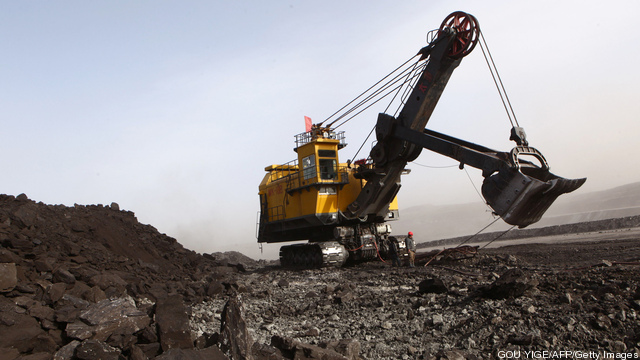
Breaking Energy recently spoke with Solar Impulse co-founders Bertrand Piccard and André Borschberg about their ambitious goal to fly around the world in a solar-powered airplane that uses zero liquid fuel and can fly through the night.
A major milestone along the path to that goal will be reached in the coming weeks when Solar Impulse flies from San Francisco (Moffett Airfield) and stop in four US cities including Phoenix, Dallas Fort Worth and Washington D.C. before reaching New York’s JFK airport, its final destination in early July. Keep reading →



 For countries with lots of coal looking for clean alternatives to burning it,
For countries with lots of coal looking for clean alternatives to burning it, 
 Gas prices are rising and government fuel economy requirements are going up, too. This time around, Detroit’s ready for the fight. General Motors, for instance, is entering the increasingly competitive mini-car market with the Chevrolet Spark. Mini-cars are even smaller than subcompacts. The reason for selling them isn’t that they get better fuel economy, though. Generally speaking, subcompacts and minicars don’t get better mileage than larger compact cars. Beyond a certain point, there’s just no gain from shrinking cars any further. The reason for offering a car this tiny is competition. Some customers, especially younger buyers living in crowded cities, want a really small car. If Chevy didn’t offer the Spark, those buyers might go get a Scion iQ or Fiat 500 and GM wants every small car sale it can get.
Gas prices are rising and government fuel economy requirements are going up, too. This time around, Detroit’s ready for the fight. General Motors, for instance, is entering the increasingly competitive mini-car market with the Chevrolet Spark. Mini-cars are even smaller than subcompacts. The reason for selling them isn’t that they get better fuel economy, though. Generally speaking, subcompacts and minicars don’t get better mileage than larger compact cars. Beyond a certain point, there’s just no gain from shrinking cars any further. The reason for offering a car this tiny is competition. Some customers, especially younger buyers living in crowded cities, want a really small car. If Chevy didn’t offer the Spark, those buyers might go get a Scion iQ or Fiat 500 and GM wants every small car sale it can get.
